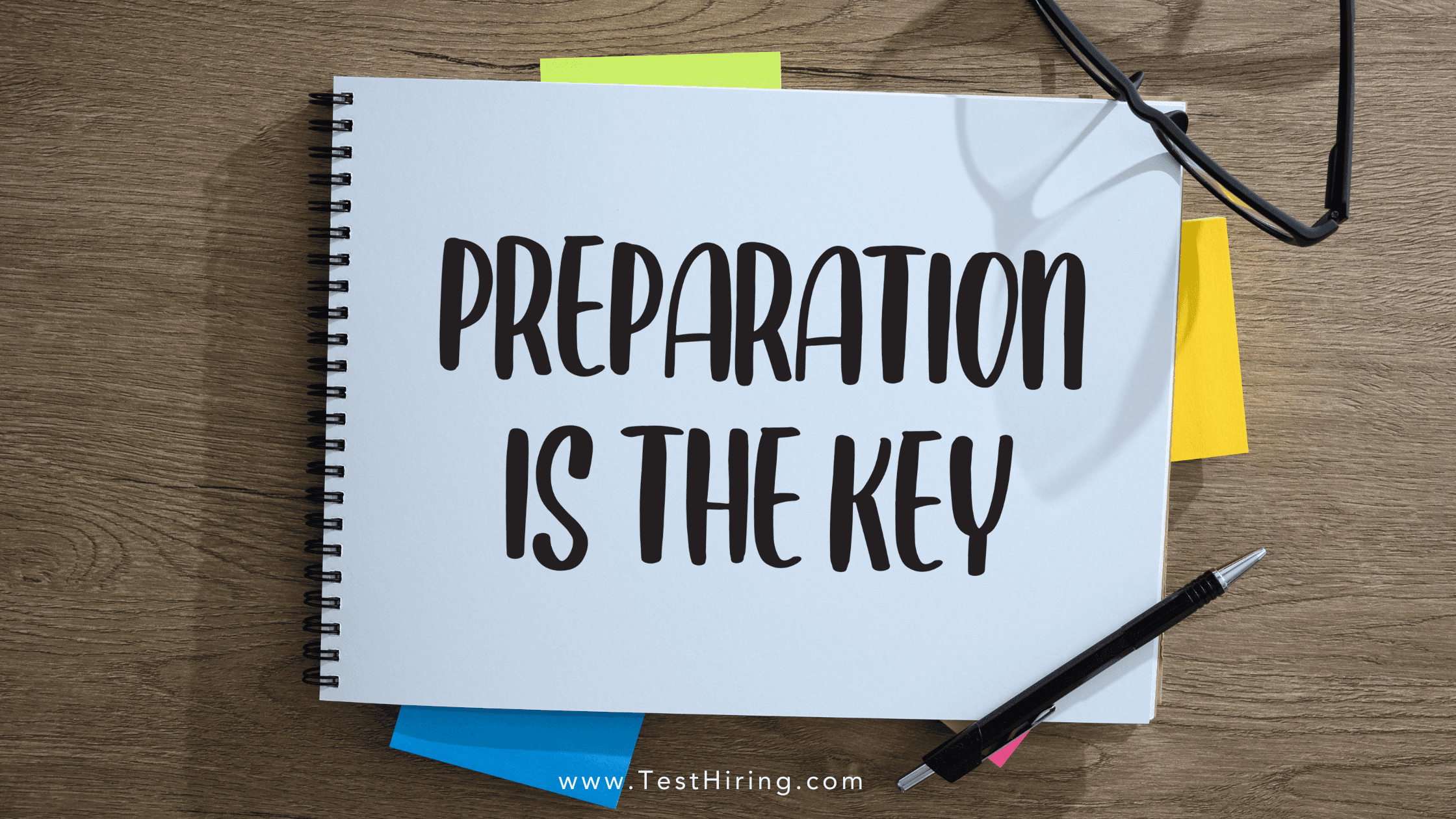Though they occasionally forecast employee engagement or long-run success, conventional recruitment approaches often emphasize degrees, experience, and resumes. Better involvement and retention come from skills-based hiring, which turns attention to practical skills, problem-solving abilities, and cultural fit.
However, how can companies track engagement under a skills-based hiring system? This post looks at the main indicators and techniques for assessing employee involvement in employment for talents over diplomas.
Why Skills-Based Hiring Depends on Engagement
Employee involvement affects productivity, job satisfaction, and corporate performance right away. People who are engaged:
More drive to succeed and assist.
Less liable to leave for a new opportunity.
More ready for fresh difficulties and expansion.
By guaranteeing employees are assigned positions suited to their strengths, skills-based recruiting naturally enhances engagement by raising job satisfaction and performance.
Important Indicators for assessing involvement in skills-based recruitment
Organizations should monitor the following to assess the success of skills-based hiring:
1. Skills Alignment Score
What it gauges: How well workers' proven skills match the job role. Track it by comparing pre-hire skill assessments with post-hire performance evaluations. Employees with a lot of alignment are more likely to be interested.
2. Boarding success percentage
What it assesses: How well newly appointed employees adjust into their positions. Track it using onboarding surveys and time-to-productivity measures (how rapidly employees become fully operational in their jobs).
3. Early Interest and Fulfillment
New hires' engagement in their work and enthusiasm is measured by it. Tracking it:
Within the first 90 days, conduct participation surveys.
Keep an eye on teamwork activity as well as training participation.
Evaluate management comments on the first performance and initiative.
4. Retention Rate of Skills-Based Hires
How long workers stay following hire, based on skill assessments, determines what it measures. Track it by contrasting the retention rates of skills-based hires with those of conventional hires over 6 months, 1 year, and beyond.
5. Productivity and Performance Metrics
It measures: Job efficiency and attainment of performance objectives.
Tracking it will help: Examine key performance indicators and target completion rates.
Ask peers and managers for input.
Compare outcomes of skills-based recruits with those of conventional hires.
6. Growth and Upskilling Rate
What it gauges is the frequency with which skills-based recruits look for more education. How to follow it:
Watch participation in training programs and certificates.
Evaluate internal promotions and role extensions.
Ways to Increase Engagement Using Skills-Based Recruiting
Make sure prospective employees are hired for their talents, not only their credentials, by using pre-hire skills assessments.
Design a Clear Career Path: Demonstrate to staff how their talents will propel development and advancement.
Create an environment of learning by providing ongoing training and skill development opportunities.
Foster Role Ownership: Let staff members take charge of jobs matching their talents.
Track engagement levels using performance reviews, one-on–one meetings, and surveys to compile regular feedback.
Conclusion
Measuring engagement in skills-based hiring helps organizations refine their recruitment process and ensure long-term success. By focusing on skills alignment, onboarding success, retention, and growth, companies can build a workforce that is not only highly skilled but also deeply engaged in their roles.




